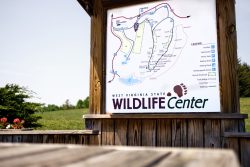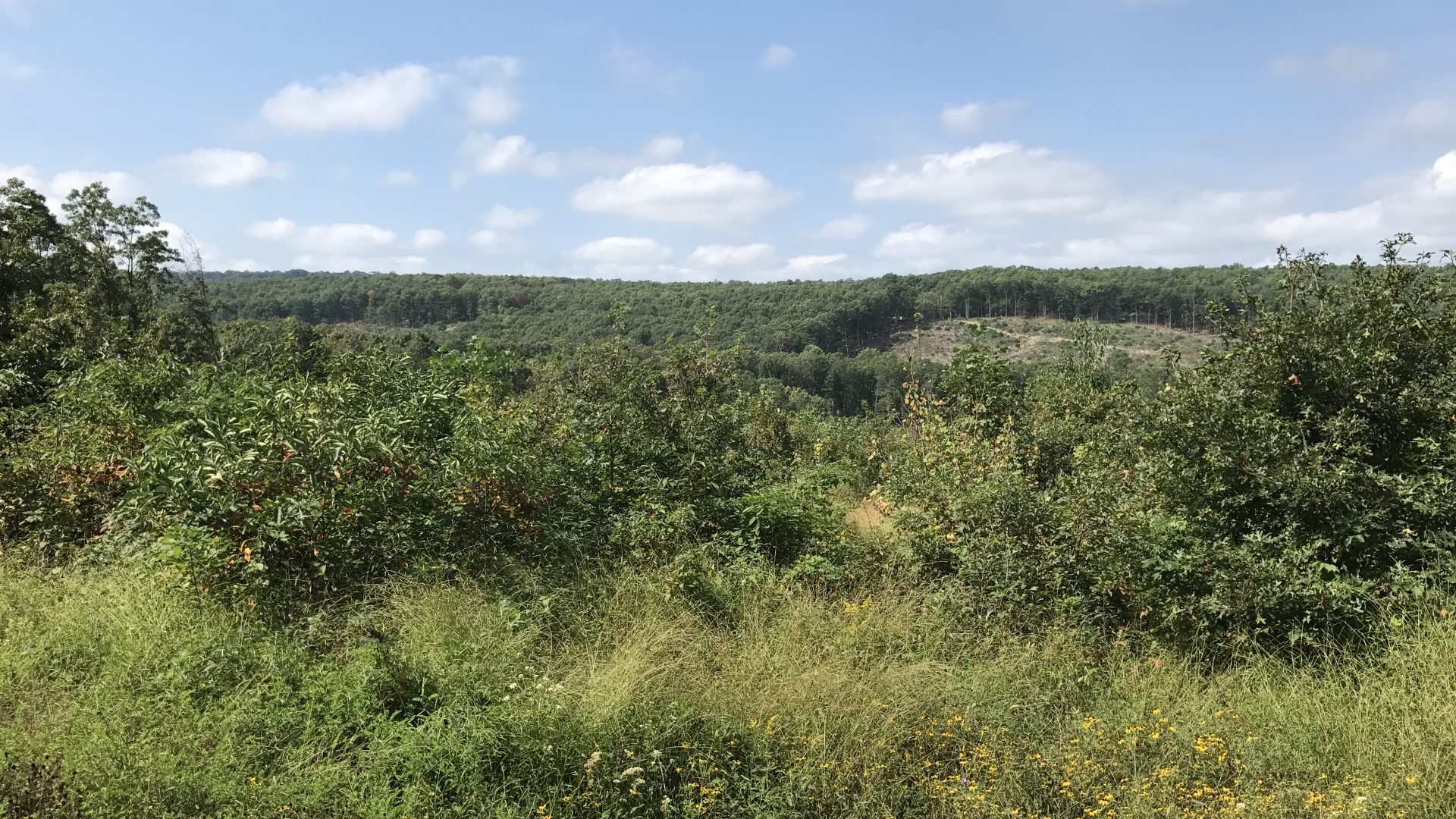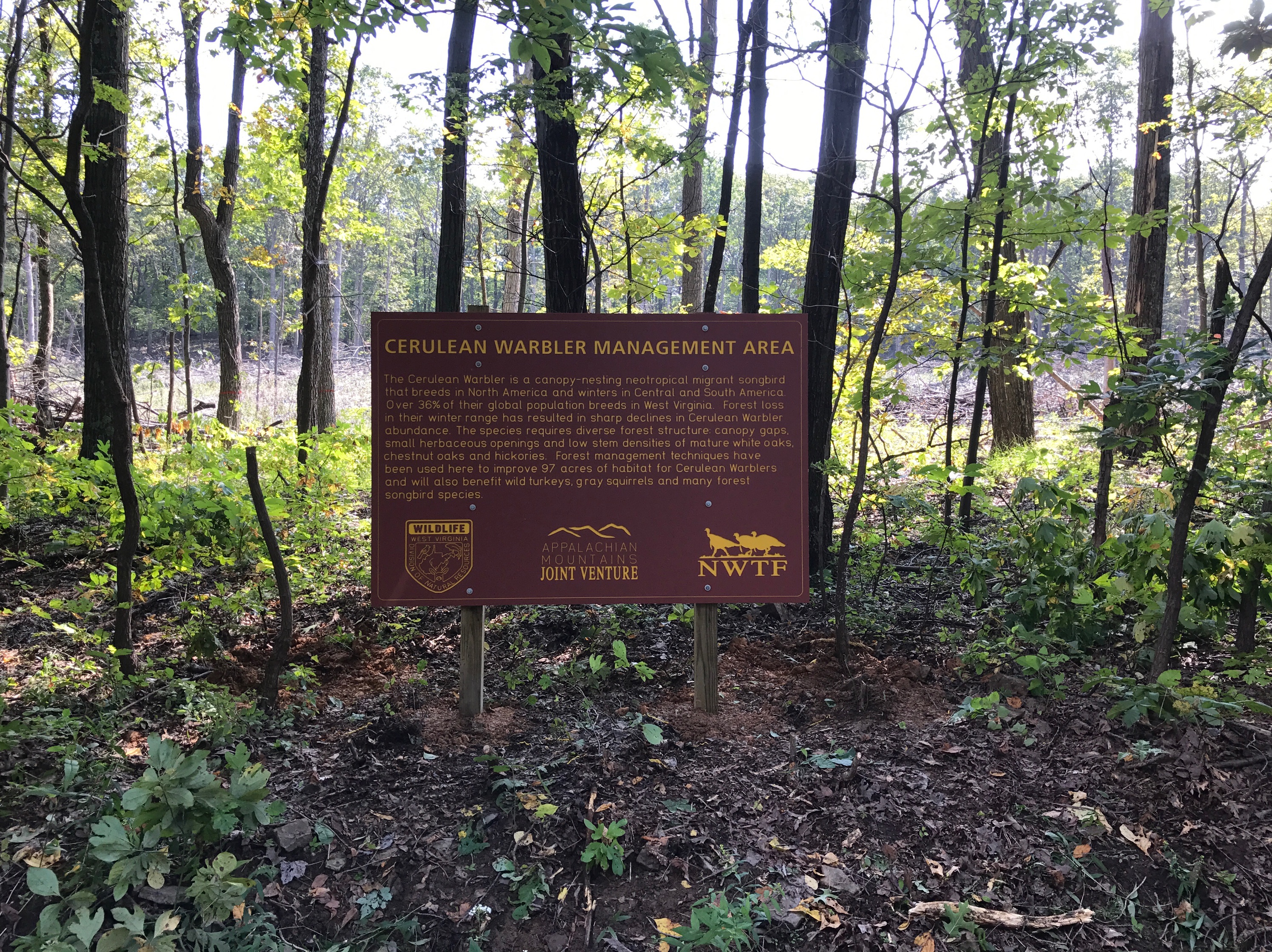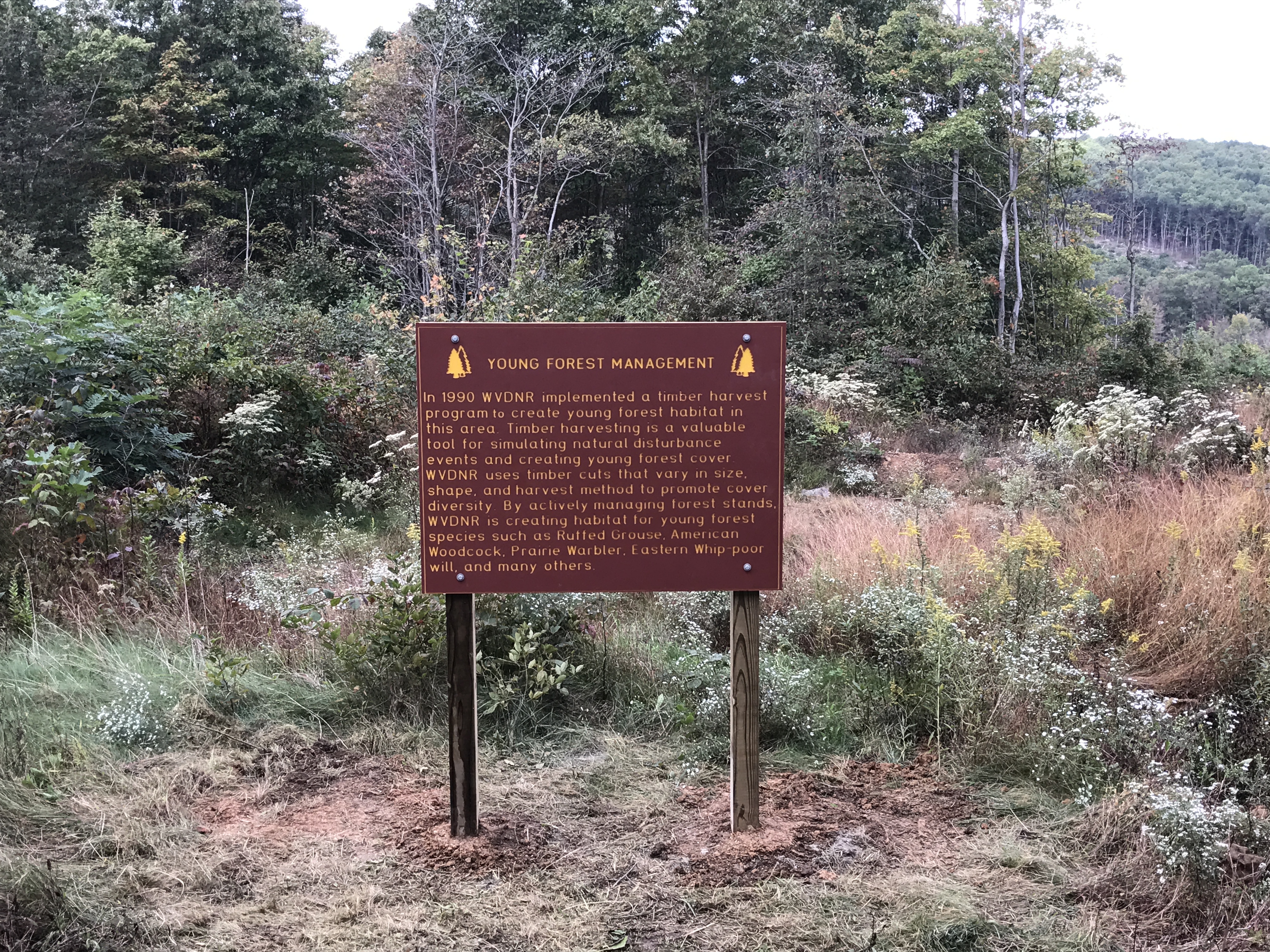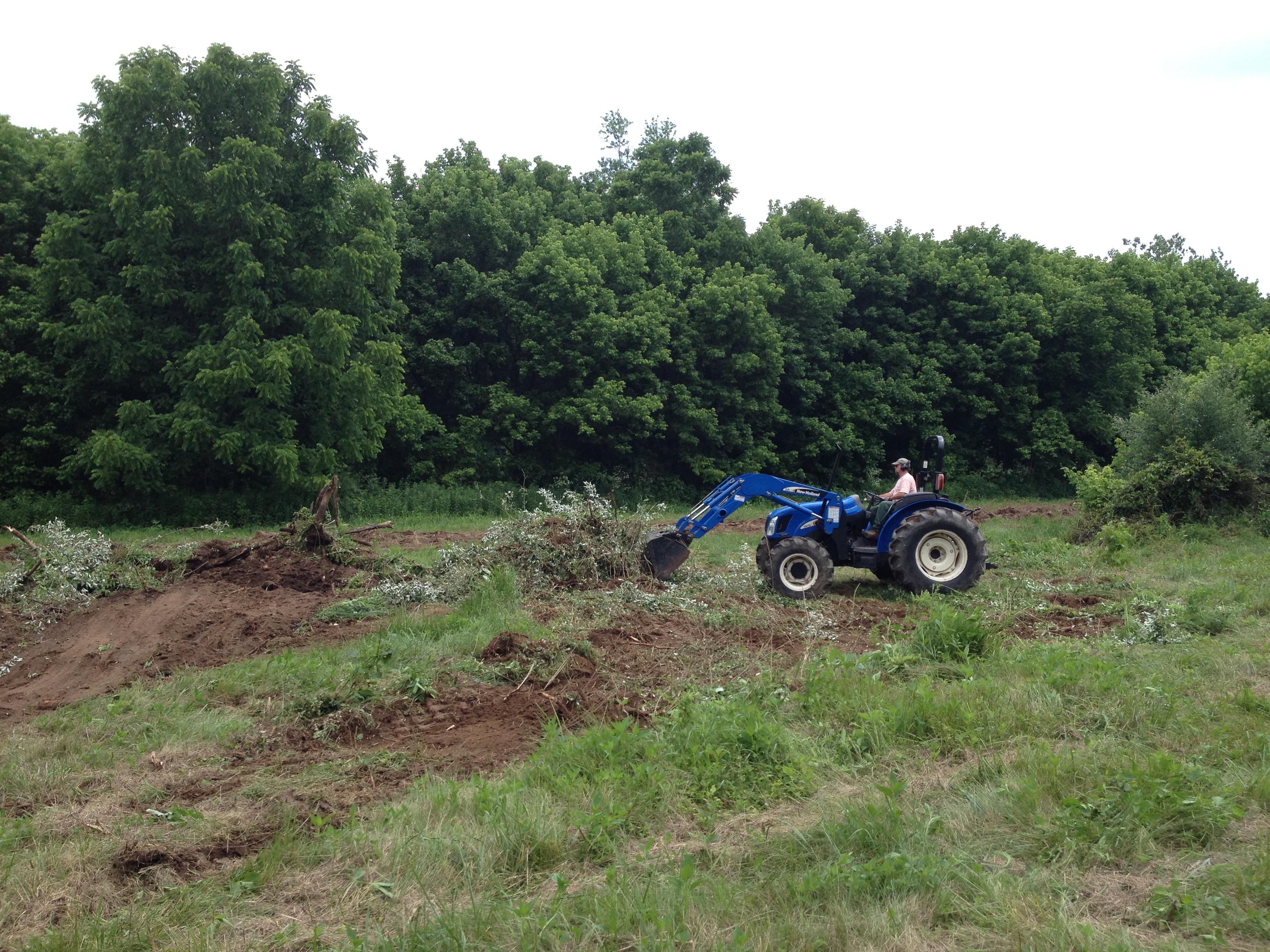With nearly 23,000 acres of rugged terrain, Sleepy Creek Wildlife Management Area in West Virginia’s eastern panhandle is a haven for hunters, anglers and outdoor enthusiasts. Situated on two mountain ridges that run parallel with one another, Sleepy Creek WMA is covered in mature forest full of game and non-game wildlife species and endless opportunities for adventure.
Whether you enjoy hunting big game, fishing, birdwatching or hiking trails, Sleepy Creek WMA is a great place for enjoying nature. Here’s everything you need to know before you plan a trip.
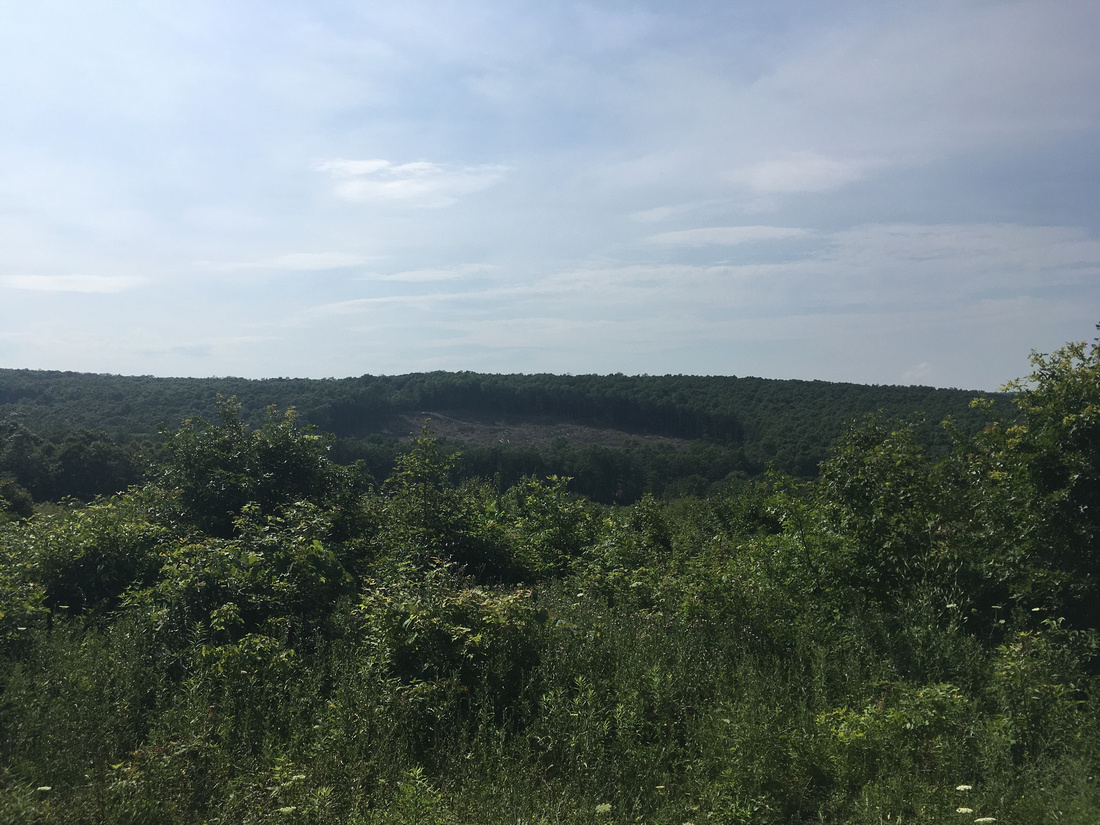
Sleepy Creek WMA At-a-Glance
- Open: All year
- Size: 22,928 acres
- Terrain: Mountain ridges, oak-hickory forest with stands of pitch-pine and oak-pine
- Big Game: Deer, turkey, bear
- Small Game: Squirrel, grouse
- Trapping: Bobcat, coyote, red fox, beaver, mink, muskrat, opossum, fox
- Game Fish: Largemouth bass, bluegill, crappie, northern pike
- Accommodations: Tent and trailer sites, primitive camping
- Nearby: Berkeley Springs State Park, Cacapon Resort State Park
Accessing Sleepy Creek WMA
Located in Berkeley and Morgan counties, Sleepy Creek WMA is one of the most popular hunting and fishing spots in West Virginia’s eastern panhandle. The WMA is 10 miles from the town of Hedgesville and 15 miles from Berkeley Springs.
To access Sleepy Creek WMA from the east, whether coming from Hedgesville or Martinsburg, follow WV Route 9 west to Back Creek Valley Road. Take Back Creek Valley Road south about seven miles to Sleepy Creek Road, which you’ll drive west into the WMA. To access Sleepy Creek WMA from Berkeley Springs, follow U.S. Route 522 south to Winchester Grade Road and follow Winchester Grade Road 12 miles to Shanghai Road. Go east on Shanghai Road into the WMA.
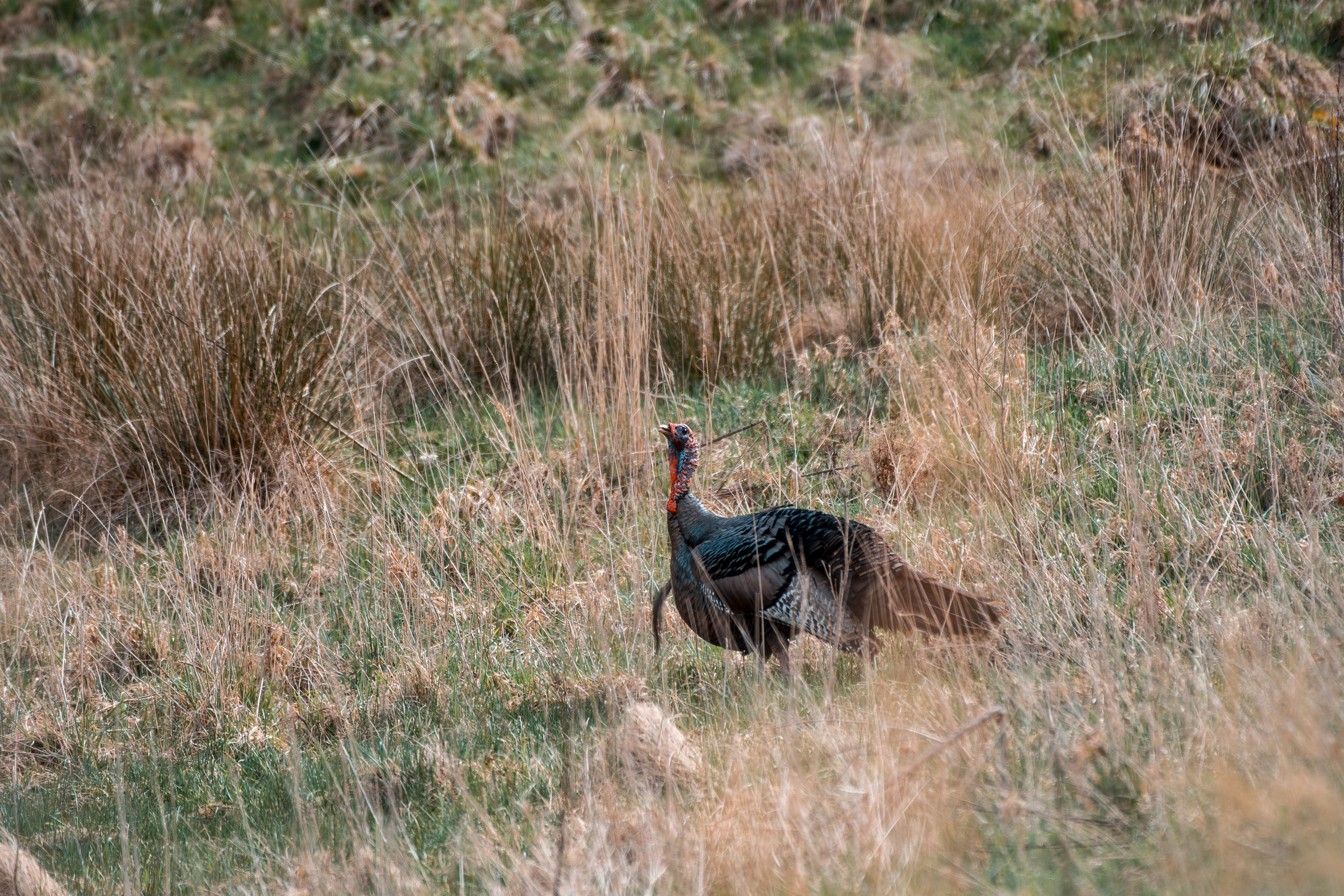
Hunting, Trapping and Fishing Opportunities at Sleepy Creek WMA
Hunting and Trapping
It comes as no surprise that white-tailed deer is the most popular big game species at Sleepy Creek WMA. The area provides great hunting opportunities during deer archery and rifles seasons. Hunters can also target wild turkey, black bear, squirrel and waterfowl. The area also provides opportunities for trapping opportunities for coyote, bobcat, fisher, raccoon, and beaver. Grouse and rabbit are present on the WMA, but hunting opportunities are limited.
Those who wish to hunt at Sleepy Creek WMA will need a license. Trappers will also need a free trapping permit, which can be obtained from the area wildlife manager or WVDNR district wildlife biologist. All West Virginia hunting and trapping regulations and license requirements apply.
Fishing
Sleepy Creek Lake is the best place to cast a line at Sleepy Creek WMA. This 205-acre lake has largemouth bass, bluegill, crappie and northern pike. The lake has three access sites with parking and restrooms. Two have fishing piers. If you want to go trout fishing, check out nearby Tilhance Creek and the lakes at Cacapon Resort State Park. The Cacapon River also provides great fishing opportunities for several game fish species. All West Virginia fishing regulations and license requirements apply.
Active Management at Sleepy Creek WMA
The West Virginia Division of Natural Resources oversees Sleepy Creek WMA and has done extensive work to create favorable forest habitat by harvesting timber, removing invasive plant species and planting fields with clovers and grains that provide supplemental food for wildlife.
Forest management at Sleepy Creek WMA has benefited the area’s grouse population. Since 1990, the WVDNR has facilitated four rounds of timber sales, which has created a diversity of forest structures that grouse and other wildlife species need to survive.
In 2016, the WVDNR teamed up with Appalachian Mountain Joint Ventures and the National Wild Turkey Federation to improve habitat for the cerulean warbler and other species by harvesting 97 acres of timber. The NWTF has provided funding for many projects, including creating and seeding field openings that benefit turkey brood habitat, improving access roads and creating an additional 21 acres of cerulean warbler habitat through timber harvesting.
Wildlife management at Sleepy Creek isn’t limited to land species. In 2020, the WVDNR has restored native brook trout to Sleepy Creek Lake and its feeder streams, Roaring Run and Meadow Branch. Brook trout were once native to Roaring Run and Meadow Branch, but the population was extirpated due to improper management of low water pH. Thanks to the efforts of WVDNR fisheries and stream biologists, liming stations were put in place, the adverse water quality was corrected and native brook trout have returned.
Outdoor Recreation at Sleepy Creek WMA
In addition to offering hunting and fishing opportunities, Sleepy Creek WMA is a great place to enjoy nature. There’s hiking, birdwatching, canoeing and kayaking and the WMA has four campgrounds with a total of 75 primitive campsites.
Hikers will want to trek the Tuscarora Hiking Trail. About 25 miles of the trail cuts through the WMA. Another option for hikers to consider is the Devil’s Nose Hiking Trail, which is a three-mile loop that rewards hikers with scenic views.
Bird watchers can look for cerulean warblers, American redstarts, prairie warblers, worm-eating warblers, red-eyed vireos, great crested flycatchers, scarlet tanagers, ovenbirds, whip-poor-whils, wood ducks, red-shouldered hawks and bald eagles.
For even more outdoor recreation, plan a trip to nearby Cacapon Resort State Park, which provides lake activities, hiking, golfing, horseback riding, camping, cabins and lodge amenities.
Plan a trip today!



